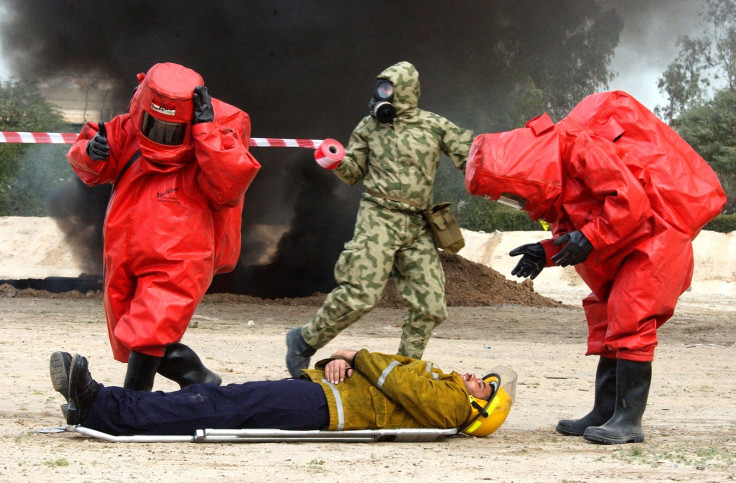The first chemical weapons ban was the Strasbourg Agreement against poison bullets in 1675
The history of chemical and biological warfare spans the Ancient Greeks, Leonardo da Vinci and WWI.
Chemical and biological weapons are a blight on humanity. But while we think of them as a modern problem – from the mustard and chlorine gases used in the trench warfare of WWI, to the horrifying murder by the Syrian regime of civilians with chemical agents – governments have been trying to put restrictions on the use of toxins in war for over three centuries.
Of course, the use of toxins as a weapon has long been a feature of war, often in sieges. In Ancient Greece during the First Sacred War, around 590 BC, the Amphictyonic League of Delphi besieged the city of Kirrha, and used the hellebore plant – which can cause vomiting and diarrhoea – to poison the water supply.
The Spartans also used chemical weapons on the Athenians. "During the siege of Plataea in 428BC, wood was saturated with pitch and sulphur to generate arsenic smoke, and then burned under the walls of the city to produce poisonous choking fumes (as well as fear and panic)," according to the 2008 US military textbook Medical Aspects of Chemical Warfare.
A tactic of medieval siege warfare was to turn disease-ridden dead animals and people into biological weapons by flinging them over city walls to spread sickness among the trapped population. In one grisly example at the Siege of Caffa in 1346, amid the Black Death crisis gripping Europe, the Mongol army used trebuchets to hurl their own plague dead at the Christians inside, trying to infect them.
But in what appears to be the first effort of its kind to control the use of chemical weapons, the Strasbourg Agreement of 1675 banned the use of poisoned bullets between two European rivals often at war.

"The 'Notebooks' of Leonardo da Vinci reveal a design for a chemical weapon which comprised a mixture of powdered arsenic and powdered sulphur packed into shells and fired against ships," wrote the historian Kim Coleman in her 2005 book A History of Chemical Warfare. "Such a weapon was indeed developed and deployed, and as such is the first recorded usage of a chemical weapon."
The noxious shells were fired into ships' galleys, and the burst of toxic powder and smoke would poison anyone nearby breathing it in.
"This use provided a precedent for the use of poison bullets against enemies and also led to the first attempt to prohibit the use of chemical weapons," Coleman wrote. "This was elaborated in the Strasbourg Agreement (27 August, 1675), a bilateral French and German accord which directed that neither side should use poison bullets and, as such, constitutes the first international agreement in modern history in which use of such weapons was prohibited."
There were later attempts to restrict the use of gases in war during the late 19th and early 20th centuries. But it wasn't until after the horrors of the First World War that a substantial and concerted effort was made by the newly formed League of Nations, a precursor to the UN, to ban all such weapons.
The 1925 Geneva Protocol, signed 250 years after the Strasbourg Agreement, prohibited "the use in war of asphyxiating, poisonous or other gases, and of all analogous liquids, materials or devices".
By 1972, the UN had banned all biological weapons, followed by the outlawing of chemical weapons in 1993. But some rogue nations continue to have stockpiles of both, such as North Korea, and, as witnessed in war-torn Syria, such weapons are still deployed – albeit rarely – in 2017.
© Copyright IBTimes 2024. All rights reserved.







